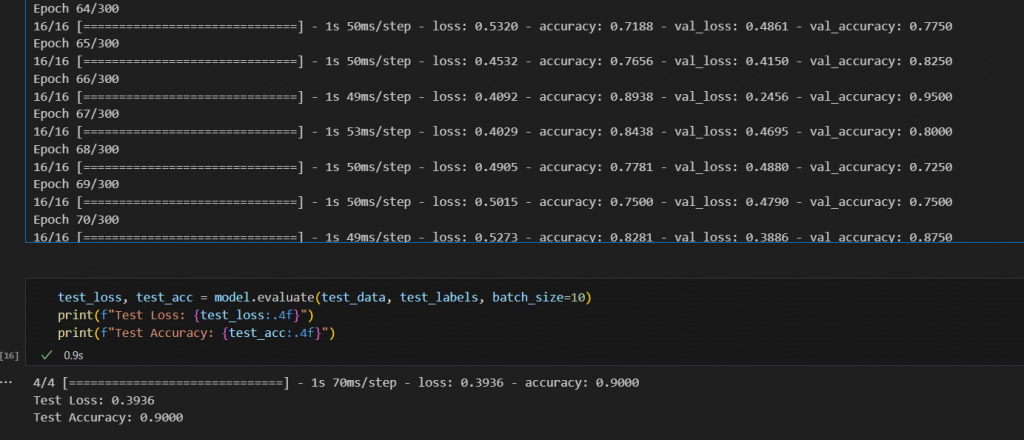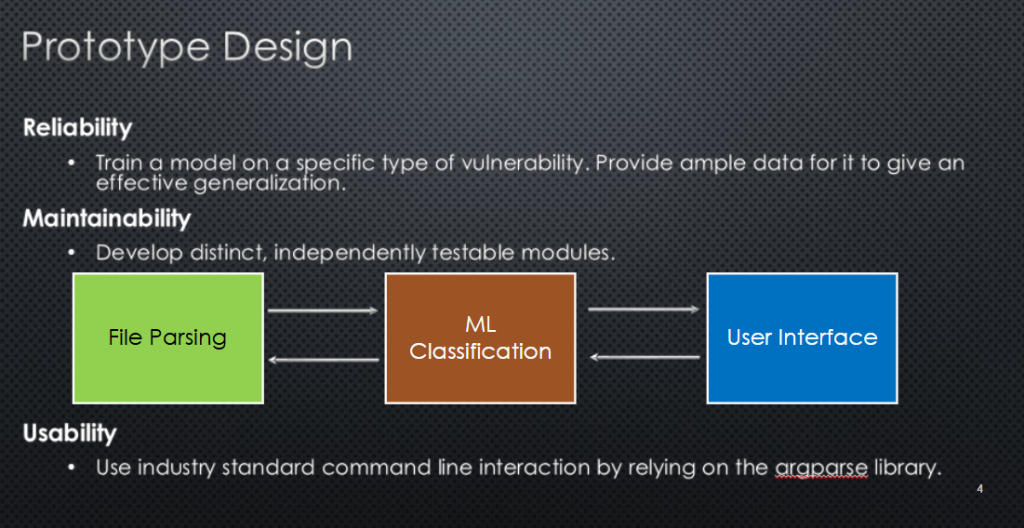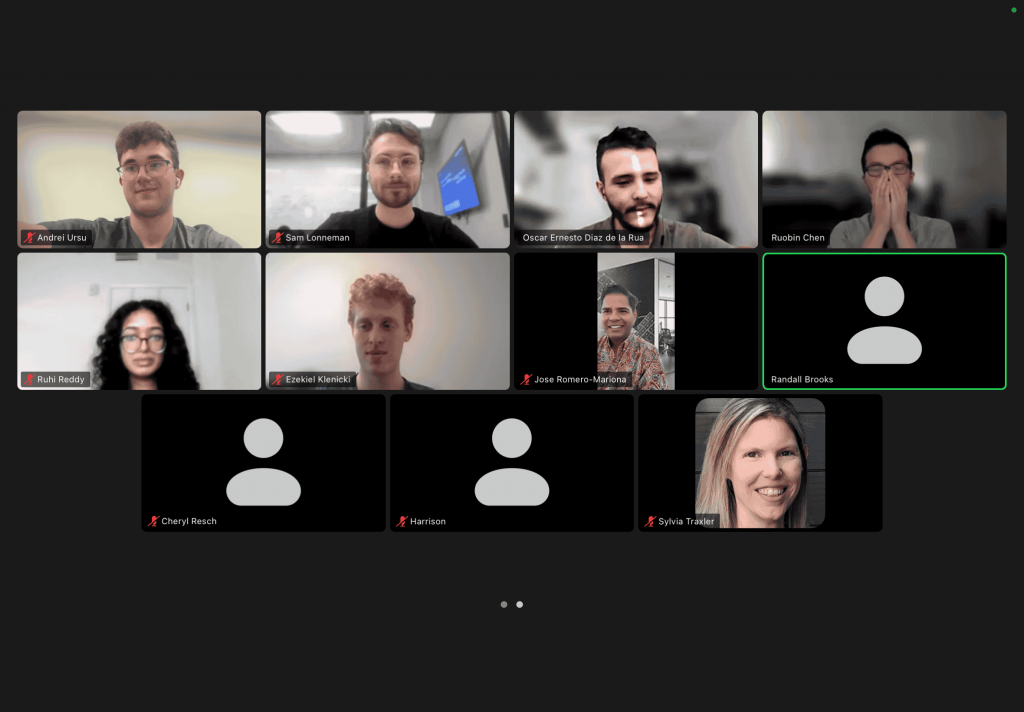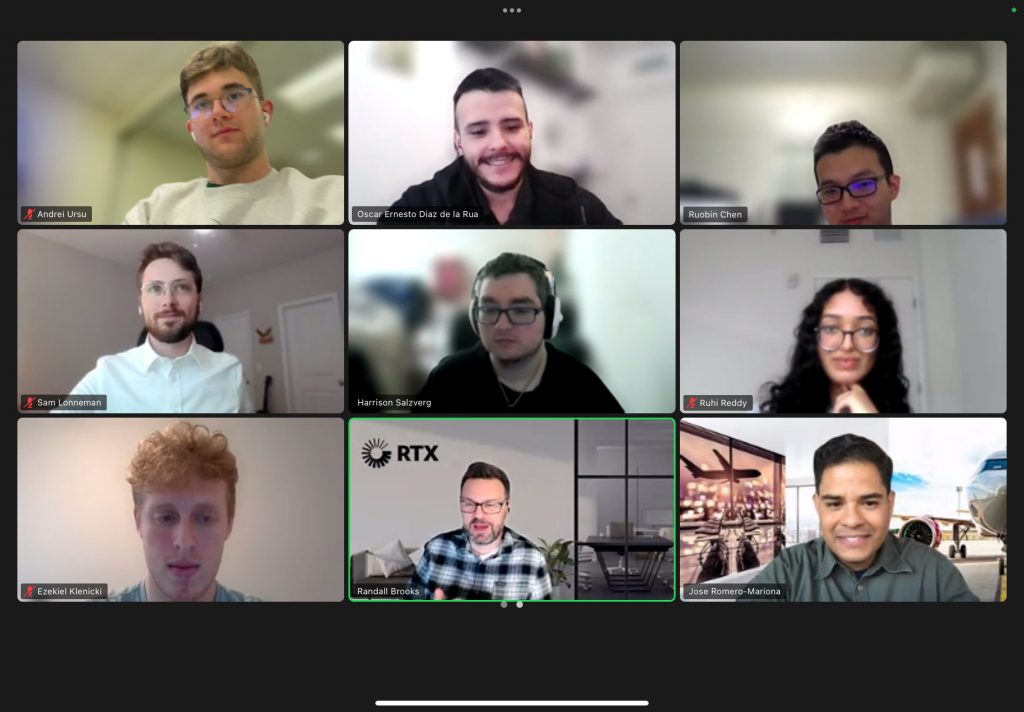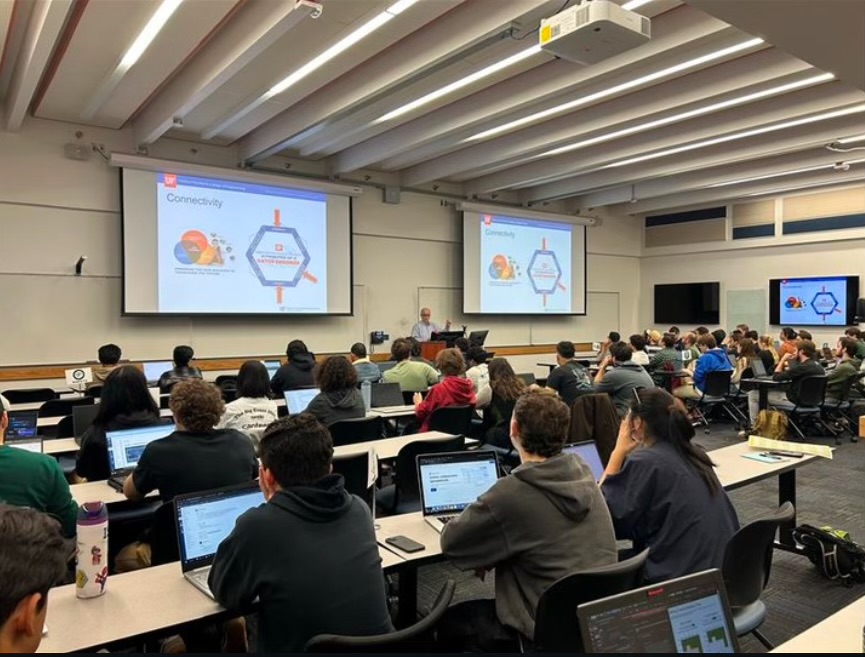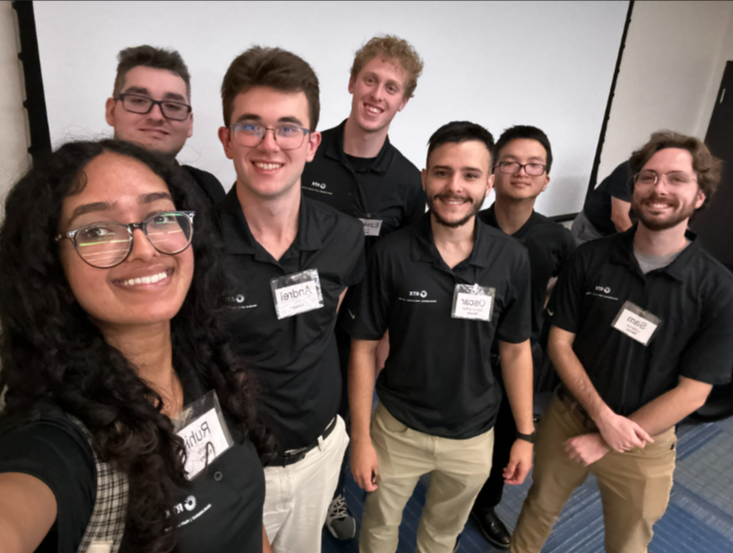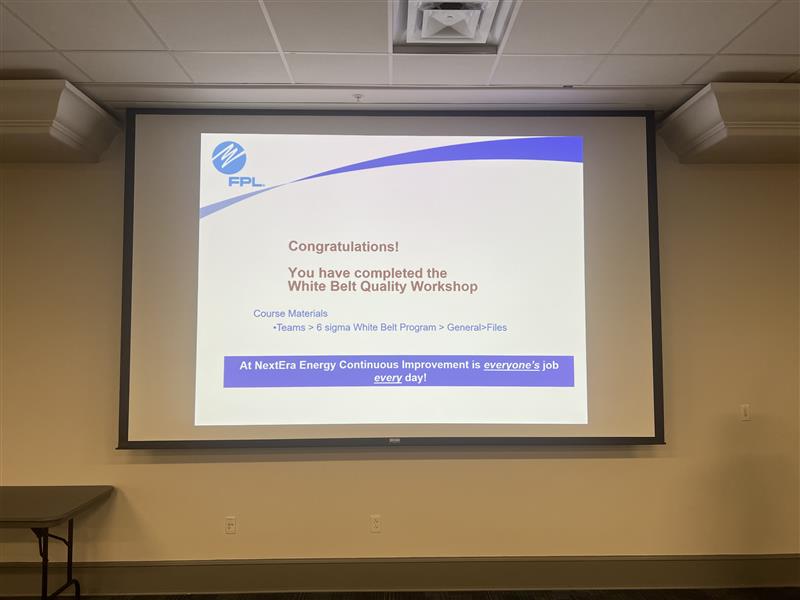This week, Team Banary focused on getting our project and deliverables ready for QRB 2. While we were previously struggling to reach convergence with the RNN model from William Dahl’s paper as well as our own model, we were able to fix the bugs and adjust the hyperparameters to make predictions on select data with significant accuracy. Along with breakthroughs in successfully executing the RNN models, we defined the prototype model and testing plan that will be shown in QRB 2. We reviewed our progress during this week’s liaison meeting. Although the liaisons were absent and the coach was dialing in while on the go, we received valuable insight on where to set our priorities. After the meeting, we assigned task items for our most important next steps, like data reformatting and system integration, picking up the pace as we head into March.
